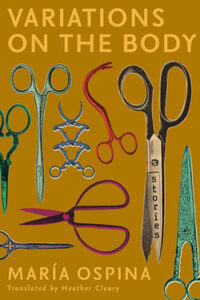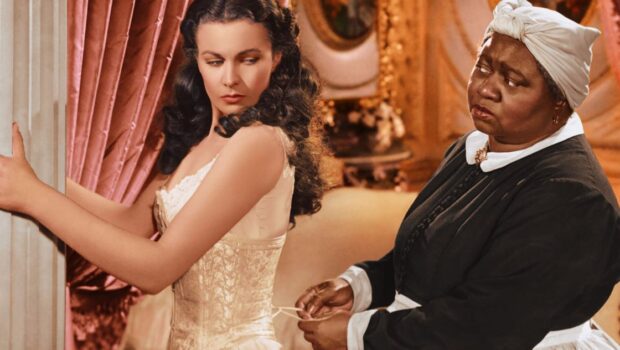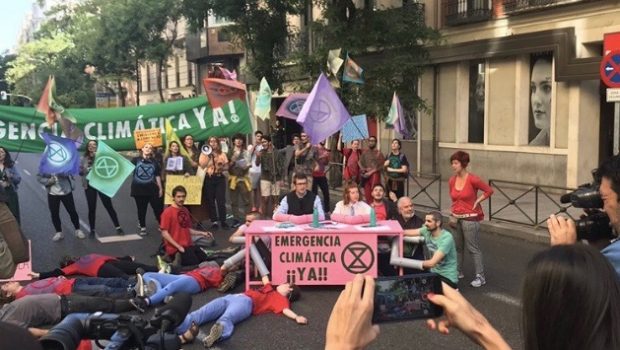Variations on the Body by María Ospina
Greg Walklin
“With her firm, fleshy hand, Martica pressed Mirla’s fingers to her groin.” So begins, arrestingly, the final story of María Ospina’s fiction collection, Variations on the Body. Martica’s direction, soon revealed, is just the next step for Mirla’s Brazilian wax; such closeness without intimacy, common throughout this book, does not, at that point, surprise. Although the female protagonists are all interconnected, Variations on the Body. is about isolation. Ospina has written astute, linked portraits of Colombian woman separated, estranged, grieving—poignant stories rooted in broader cultural and historical arcs.
As a professor at Wesleyan University focusing on Latin America, Ospina keenly understands not only the cultural milieu in which she sets her stories, but also the way violence gouges individuals psyches—such as (present in the stories here) the chronic damage wrought by FARC, or the overwhelming trauma resulting from the Avianca Flight 203 bombing. Her scholarship, including one published book, has focused on how novels and other media reflect and contribute to broader public understanding of violence and survival. Coffee House Press has now brought her fiction into English, translated by Heather Cleary.
Of the six stories here, the opening and closing stand out based on their nuanced, emotional narratives of loss and isolation. In the first, “Policarpa,” Marcela, a former guerillero who has escaped a FARC camp, tries to readjust to life working in a Carrefour, while also revising her memoirs under an overbearing, boorish editor. “[T]he choreography of commerce” in the superstore bothers Marcela; and she notices “her coworkers’ lips, watching for the exact moment when their welcoming smiles fade, when their supply of celebratory gestures runs out.” The tragedy of “Policarpa” is that Marcela recognizes the social fakery of the superstore, but the editor’s creations are far more insidious. Internalizing the edits that change, factually, her story, and remove her voice, Marcela abhors the vision of seeing her memoir for sale on its shelves.
Uniquely, “Policarpa” contains lengthy quotations from Marcela’s drafts, along with strikethrough text showing the edits. This exemplifies how women, especially women who have been victimized, have long been prevented from telling their stories without outside manipulation, revision, and judgment. Women like Marcela are victimized twice, blamed for things they were coerced to do over lies or threats of violence or rape or theft. (In a later story, Marcela’s sister defines a “guerrillero” as “[s]omeone who goes into the mountains looking for work and gets caught up in things.”) Even after escaping, Marcela lacks agency over her her story; it’s in this way that Ospina gracefully connects history, social structures, and power dynamics—issues that certainly don’t end at Colombia’s border, and have been part of the international Me Too reckoning.
Closing the book, the titular story shifts between the perspectives of Mirla and Martica after the Brazilian. Recently widowed, Mirla is still grieving, and beautifying herself with the help of Martica, an entrepreneur who has ascended from poverty to succeed in many endeavors. Mirla is often primping herself, finding hangnails, or cutting loose threads with an expensive pair of surgical scissors. Although still focused on her own body, Martica begins taking a series of (at first) bizarre turns in her life, disconnecting her from everything and everyone else around her. Throughout, her grief is palpable.
A somatic focus threads through multiple stories here, in fact. In “Saving Young Ladies,” Aurora develops an obsession with a young girls’ school across the street from her apartment, and pursues Jessica, the only one lonely and rebellious enough to interact with her. Aurora writes Jessica letters. She voyeuristically watches Jessica from her window. Although Aurora tells herself she wants to “save” Jessica, she may be repressing her own sexual yearnings: “Once she saw a body wrapped in what must have been a towel walk back and forth a few times in front of the window with the flower. She thought it was Jessica parading around, ready for her shower, and imagined her being aware that she was out there, searching for her.” The creepiness of her missives to Jessica is only outweighed by their banality; if Aurora is trying to entice the girl, she’s not a charismatic predator. There seems to be nothing potentially violent here, though, just desperate—Aurora sees herself as a hero, and so sublimates her own romantic desires into motherhood, or something like it.
Strange letters also play an integral part of “Collateral Beauty,” quirky and quixotic, and the most intriguing and memorable story of the collection. Estefanía, who helps in her family’s doll and stuffed animal repair shop, exchanges notes with a man who calls himself Antonio Pesoa and purports to be affiliated with a New York City church. With her store struggling, Estefanía is thrilled when Pesoa expresses interest in purchasing doll parts. Later, she travels to New York for various reasons, among them to meet her pen pal and see what became of what Pesoa had purchased. The story’s resolution is only another mystery. Estefanía looks to bond with Pesoa over their shared interests, but all either is left with are lifeless toys. (“Pesoa” seems to be an authorial wink to “The Book of Disquiet.”)
In their isolation, the characters in this collection often fix themselves on outside obsessions, or turn on themselves; one woman, for example, douses herself in eucalyptus oil regularly as part of her scheme to keep away fleas. Dolls and toys and neighborhood dogs are feted, idealized because they do not require sacrifice. Self-awareness, if there is even any time for it, cripples. These characters are overshadowed, sometimes by the events at play in their lives, and sometimes by themselves.
“Variations on the Body” was previously published in Spanish as “Azares del Cuerpo”; English doesn’t quite have a word that matches “azar” in Spanish, which could mean luck, chance, or fate. Cleary, who previously translated Roque Larraquey’s sublime “Comemadre,” provides lucid and smart English. (Tree Abraham’s cover design—a mismatched array of scissors—is quirky and pitch-perfect for the tone of the book.) By putting, for example, the word “impactful” in the mouth of the editor in “Policarpa,” Cleary captures the banal, corporate commodification occurring with the manuscript. Ospina’s prose, meanwhile, is not stuffy or written in academese, but direct and understated, with pathos never tortured. Even though the stories are firmly set in time and place, the characters are vibrant, rounded, authentic. The resulting gestalt is no small feat.
Ultimately Mirla, in leaving what remains of her life after her husband dies, avoids focusing on others or herself. The world and its narratives disappear. In this way she, of any character in the book, finds solace. “[S]he decided to look straight ahead, focusing only on the road, like one of those horses who wear blinders because otherwise the panorama of the world would terrify them.” She passes, perhaps symbolically, yarumo and guayacán trees. She seems, finally, at peace.
 Greg Walklin is an attorney and writer living in Lincoln, Nebraska. His book reviews have appeared in The Millions, Necessary Fiction, The Colorado Review, and the Lincoln Journal-Star, among other publications. He has also published several pieces of short fiction. Twitter: @gwalklin
Greg Walklin is an attorney and writer living in Lincoln, Nebraska. His book reviews have appeared in The Millions, Necessary Fiction, The Colorado Review, and the Lincoln Journal-Star, among other publications. He has also published several pieces of short fiction. Twitter: @gwalklin
©Literal Publishing
Posted: August 16, 2021 at 7:52 pm










